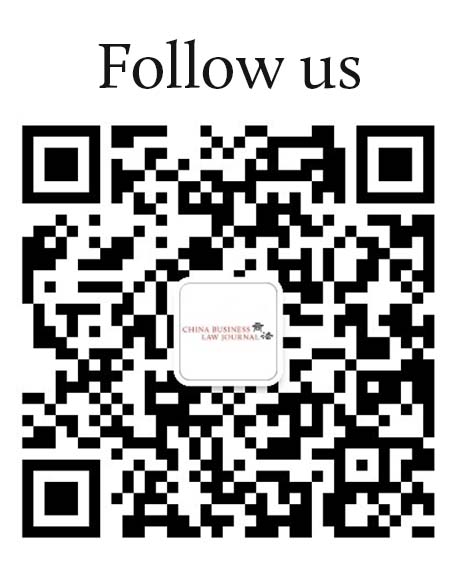The Supreme People’s Court has rendered a retrial judgment on 8 April 2018 on the high-profile “Dongfeng” OEM case, in which the court affirmed that the OEM act does not constitute a trademark infringement. The Supreme People’s Court renders its opinion on OEM infringement issues once again after the PRETUL retrial case.
Original equipment manufacturer (OEM) refers to a circumstance in which a Chinese manufacturer accepts the entrustment of a foreign trademark holder or a foreign trademark user and processes products as required, attaching the trademark provided, and delivering all the products processed to the foreign trademark holder or the foreign trademark user. Whether or not the act of production of goods identical or similar to the designated goods of the registered trademark of a domestic trademark holder and attachment of a trademark is identical or similar to the registered trademark of a domestic trademark holder in OEM constitutes an infringement against the exclusive right of the said domestic trademark holder has been a controversial question for a long time in the field of justice.

SHI YAKAI
三友知识产权代理有限公司
律师
Attorney-at-law
Sanyou Intellectual
Property Agency
First statement. The Supreme People’s Court has made its first official statement on whether the OEM constitutes a trademark infringement in the PRETUL retrial case. It takes the act of use in the sense of trademark law as the precondition of an infringement. In this case the court affirms that the domestic manufacturer accepted the entrustment of Mexican “PRETUL” or “PRETUL and oval devices” registered trademark holder to manufacture the padlocks bearing the “PRETUL” marks as required, all of which were to be exported to Mexico. These padlocks were not manufactured for distribution in the Chinese market, so the PRETUL marks do not distinguish the origin of the goods or fulfil the trademark function of “distinguishing the origin of the goods.” Therefore in China, the marks attached do not have the attribute of trademark and the act of attaching marks on the goods cannot be affirmed as an act of use in the sense of trademark law. The primary function of a trademark which the trademark law intends to protect is to be a source indicator. Whether or not the source indicator function is broken is the basis for determining whether or not a trademark infringement has occurred. So, the act of attaching marks by the entrusted manufacturer is not a use of trademark in the sense of trademark law and therefore does not constitute a trademark infringement.
You must be a
subscribersubscribersubscribersubscriber
to read this content, please
subscribesubscribesubscribesubscribe
today.
For group subscribers, please click here to access.
Interested in group subscription? Please contact us.
你需要登录去解锁本文内容。欢迎注册账号。如果想阅读月刊所有文章,欢迎成为我们的订阅会员成为我们的订阅会员。
Shi Yakai is an attorney-at-law at Sanyou Intellectual Property Agency





























